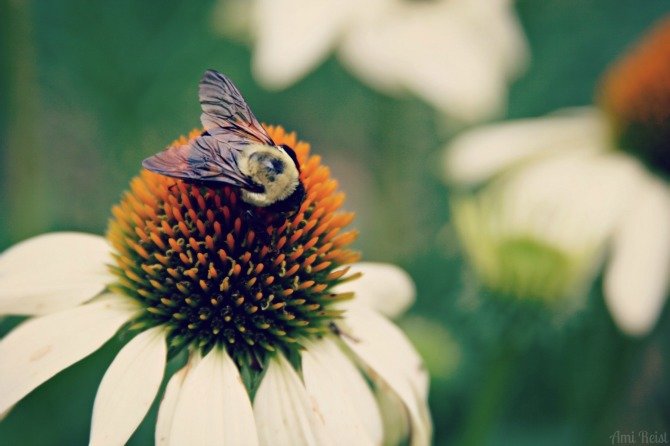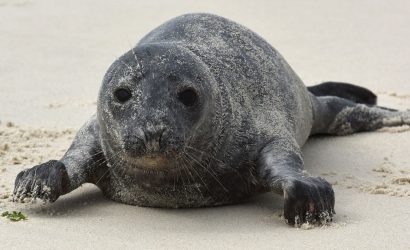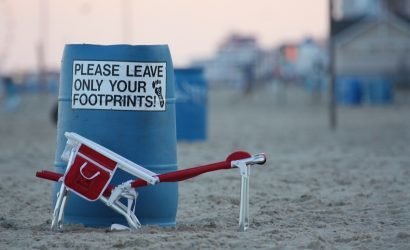Any day that surpasses 50 degrees on a weekend is one meant for early spring gardening on the Eastern Shore. Last Saturday, green-thumbs were outside in their yards pulling weeds, clearing out flower beds for new mulch, trimming their shrubs, and building box gardens for veggies and fruits.
It’s tempting to run to the local hardware store, big box store, or small garden center and purchase pots filled with brightly colored annuals and perennials of different origins – but remember, we live in an area located in an important watershed, an area whose water plays a huge role in our local ecosystems. Instead of running out and buying imported flowers like tulips, plumosum, hibiscus, or others, consider waiting a few weeks longer and purchasing flowers that can support our watershed; native flowers and plants.
Native plants (also known as indigenous plants) occur naturally in the region in which they evolved. Native plants are adapted to local soil, rainfall, and temperatures. They have developed natural defenses to insects and diseases common to Maryland areas. Native plants require minimal watering, fertilizers, and pesticides.
Using native plants in your yards and gardens helps preserve the balance of beauty and natural ecosystems. Trees, flowers, and shrubs found locally filter nutrients, chemicals, and slow runoff rates better than turf or plants of other areas. Homeowners can save money by watering their plants less, using less pesticides and less fertilizer all while supporting our local ecosystems.
Shown below is a list of native plants that can be used for habitat restoration and natural or environmentally beneficial landscaping projects. All of the plants listed occur naturally in Maryland’s bay regions. The plants are grouped by type and in alphabetical order.
Flowering Plants
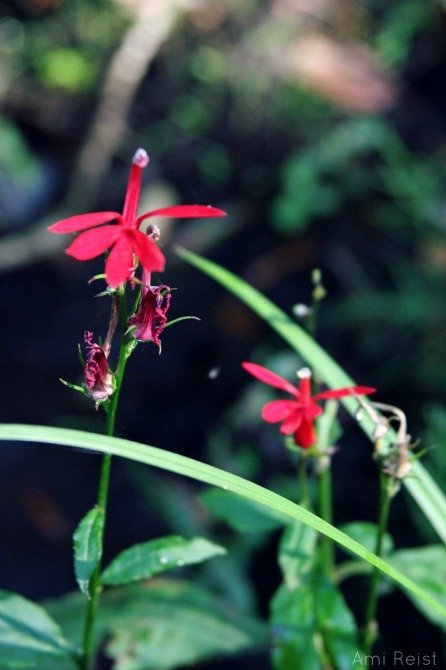
- Arrow Arum
- Atlantic Blue-eyed Grass
- Black-eyed Susan
- Blue Flag Iris
- Boneset
- Butterfly Weed
- Cardinal Flower
- Duck Potato
- Evening Primrose
- Goat’s Beard
- Great Blue Bobelia
- Joe-Pye Weed
- New England Aster
- New York Iron Week
- Partridge Pea
- Pickerelweed
- Rose Mallow
- Seaside Goldenrod
- Smooth Aster
- New York Aster
- Snowbank
- Spotted Joe-Pye Weed
- Sunflower
- Swamp Milkweed
- Water Dragon
- Whirled Tickseed
- White Turtlehead
- Wild Bergamot
- Wild Columbine
- Wild Geranium
- Wrinkle-leaf Goldenrod
- Yellow Sneezeweed
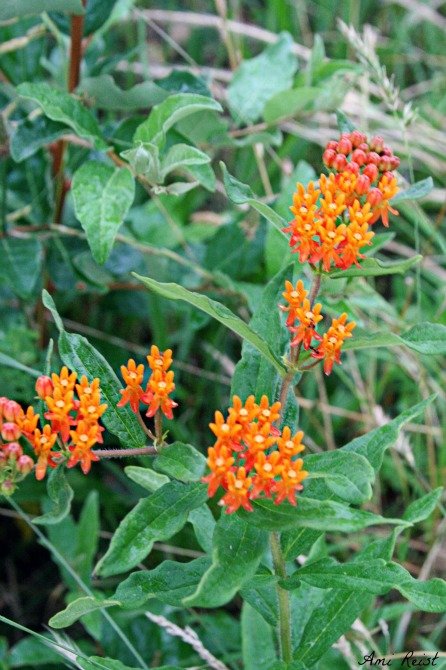
Shrubs
- Bartram Serviceberry
- Bayberry
- Beach Plum
- Beauty Berry
- Button Brush
- Common Chokecherry
- Flowering Dogwood
- Highbush Blueberry
- Inkberry
- Laurel
- Nannyberry
- Rugosa Rose
- Sea Myrtle
- Smooth Alder
- Southern Arrow-wood
- Swamp Azalea
- Swamp Rose
- Sweet Bay
- Sweet Pepperbush
- Virginia Willow
- White Fringe-tree
- Winterberry
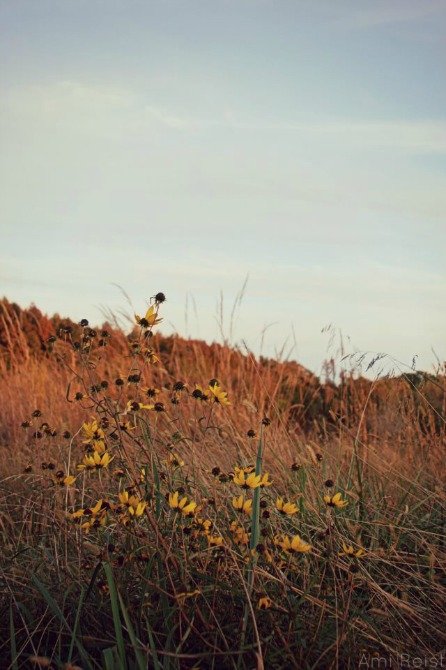 Trees
Trees
- American Beach
- American Holly
- Atlantic White Cedar
- Bald Cypress
- Black Ash
- Black Gum
- Black Walnut
- Common Hackberry
- Common Persimmon
- Green Ash
- Loblolly Pine
- Pin Oak
- Red Cedar
- Red Maple
- Red Oak
- River Birch
- Shagbark Hickory
- Sweet Gum
- Tulip Poplar
- White Ash
- White Oak
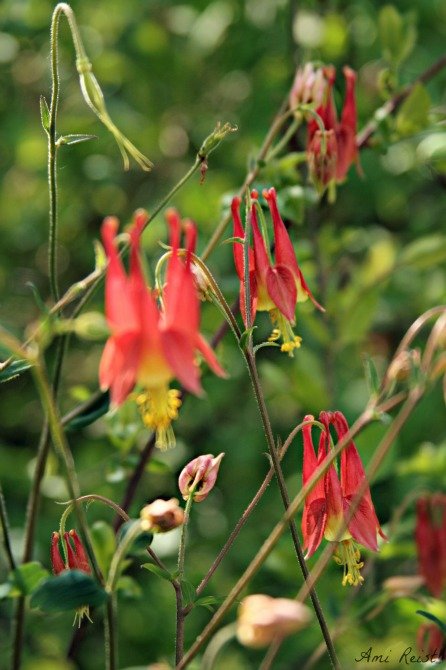 Grasses
Grasses
- American Beachgrass
- American Bur-reed
- Coastal Panicgrass
- Indian Grass
- Little Bluestem
- Rice Cutgrass
- Soft Rush
- Three-way Sedge
- Virginia Wild Rye
- Wool-grass
For a complete list of native plants, their size, color, required soil type, and to see what they attract, visit the Maryland Coastal Bays website.
In order for optimal native plant growth, it’s suggested that you plant your flowers, trees, and shrubs in conditions like that of the wild; try to re-create a natural habitat for your plants. Use plants together as they grow in the wild. Arrange plants in groups and mix in additional surrounding layers of plants.
Place plants that bloom or produce fruit during different times of the year together. This will provide wildlife with food during each season. Flowering species will attract natural pollinators. Small mammals and birds will be attracted to plants with nuts and fruit.
Be sure to leave space for growth. Native plants tend to grow faster than imported plants because they are already accustomed to our soil, water, and habitat. Even far from a water source, tree roots reach into the soil and tap into groundwater. Trees help recycle rainwater and coastal waters.
Purchase native plants and support the Lower Shore Land Trust at the annual Native Plant Sale at the Ward Museum in Salisbury, MD. From 9 am – 1 pm on Saturday, May 11th, the Lower Shore Land Trust will be selling species of native plants. The sale will include over 60 varieties of perennials, grasses, ferns, shrubs, and trees. Hand-selected garden arrangements for attracting birds and butterflies will be available. Representatives will be present to teach you how to build native gardens.
For more information, check out the Lower Shore Land Trust website.
If you plan to attend:
- The Lower Shore Land Trust‘s annual Native Plant Sale
- Open to the public
- Saturday, May 11th, 2013
- 9 am – 1 pm
- At the Ward Museum in Salisbury, MD
Photos by Ami Reist. Featured image: Cone flower (Echinacea)






